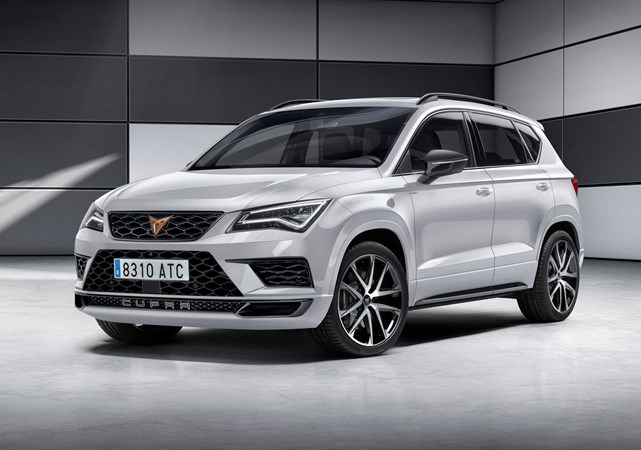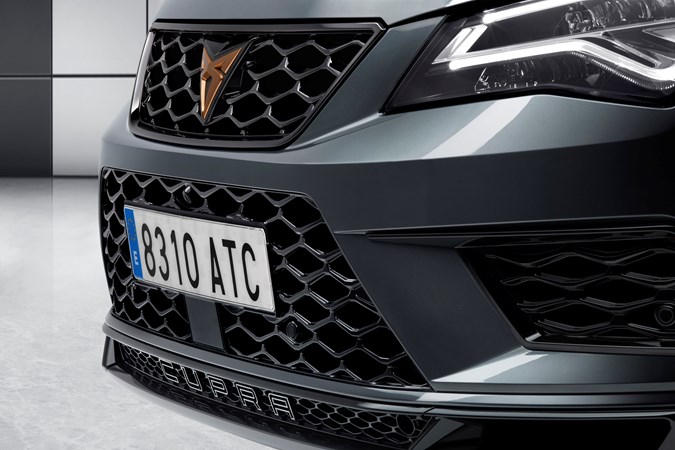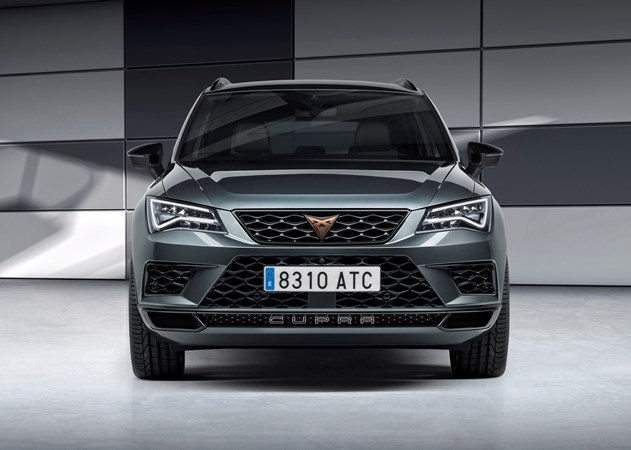Sporty SEATs with high-performance diesel engines have been a user-chooser highlight for many years, but the bad news is that its new, standalone Cupra brand is unlikely to have any tax-friendly models in its range until 2020.

Isn’t Cupra simply a sporty SEAT trim level?
In a similar way to which the DS brand was split from Citroen back in 2014, the Spanish car builder’s management believes it will be able to attract more affluent buyers if the SEAT badges are removed, and that Cupra becomes a brand itself rather than simply a trim level.
It’s the brainchild of Luca de Meo, SEAT’s president, and it’s a strategy he’s employed before, successfully reintroducing Abarth as a distinct marque from high-end performance Fiats.
Cupra has been launched with a rapid Ateca SUV, with sportier versions of both the Ibiza hatchback and Arona crossover expected in 2019.
Why is Cupra’s first model the Ateca SUV?
Quite simply SUVs are popular and there’s greater potential for higher profit margins on a mid-size crossover than there is on a small hatchback.
It also allows Cupra to make a statement and offer something its rivals don’t. With 300hp on tap from its 2.0-litre TSI petrol engine, the Cupra Ateca 0-62mph time of 5.4 seconds confirms it offers the sort of performance normally associated with SUVs costing almost double its expected £35,000 P11D value.

Cupra has yet to confirm emissions and fuel efficiency figures for the Ateca, but using the 300hp Leon Cupra as a yardstick, it’s safe to assume it will produce at least 156g/km of CO2, probably more when re-tested under 2018’s revised Worldwide harmonised Light vehicle Testing Protocol (WLTP) regime.
Given the expected asking price, that would put the Ateca in the 32% Benefit-in-Kind (BIK) tax bracket at 2018/19 rates, costing a 20% rate payer approximately £187 per month.
Clearly private buyers rather than company car drivers will be at the heart of Cupra’s initial marketing push.
Will there be any tax-friendly Cupras?
Clearly at the launch of a new marque with its first model, there’s not going to be much in the way of explicit product roll-outs over the coming years.
However, Wayne Griffiths, SEAT’s vice-president for sales and marketing, did confirm that electrification would be part of the Cupra offering from 2020 with the introduction of plug-in hybrid (PHEV) variants.
Whether this will be for a version of the Ateca or the forthcoming Cupra Leon, also expected at the start of the next decade, remains to be seen, but the insistence was that as well as making its models more efficient, electrification would be introduced to add more fun and dynamism.

Evidently it’s too soon to know for sure, but the implication is that it will have more power – but probably higher emissions levels – than today’s sporty Volkswagen Golf GTE PHEV, rated at 204hp and 40g/km of CO2.
Even if the CO2 output was rated at between 51 and 75g/km it would still place a PHEV Cupra in the second-lowest BIK band.
If a Cupra-badged quick-yet-clean model is on your user chooser wish list, you’ve got a couple of years of waiting. In the meantime, those diesel-engined FR-badged sporty SEATs might have renewed appeal.
Find out what else we know about the Cupra Ateca SUV







